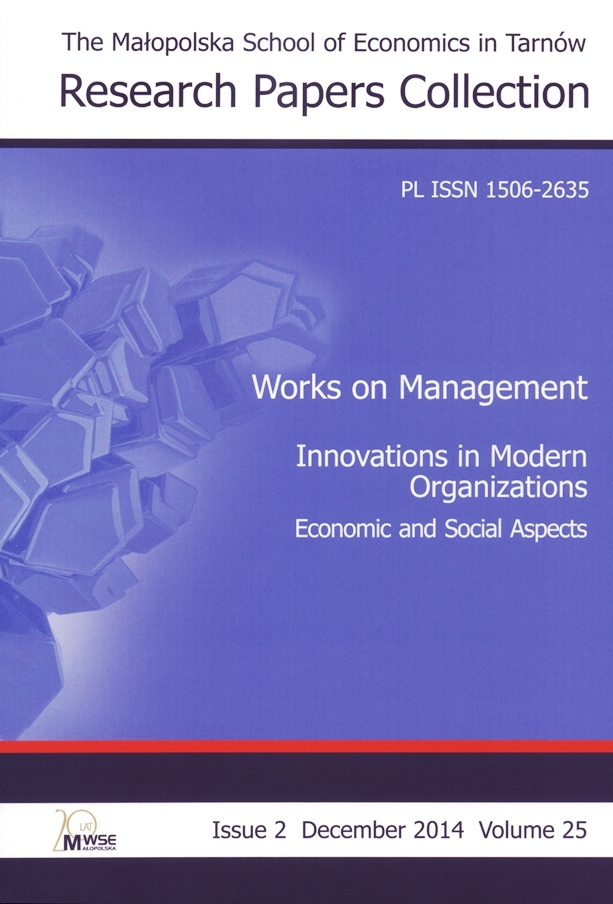Abstract
House-building has been very intense in some European countries throughout the last 15 years but not in others. It has generated an expansion in the residential stock that has been explained as the result of some demand forces playing at the same time and boosting residential market mechanisms during this period. Although demand pressures have been similar across Europe, the new supply construction has reacted with distinct strength depending on the economies. This paper reviews the literature seeking for reasons to analyze the different reactions and the implication on house prices growth of development sector. It mainly classifies the literature between both the group that suggests stable supply elasticities in the short-long term and those sustaining that elasticities change dramatically, reflecting the developers reaction to market innovations. The differences in new housing supply responses across European countries remain a wide area for housing researchers to explain how housing prices react by region.
References
Arnott, R. (1987). Economic theory and housing. In: Handbook of regional and urban economics. Vol. 2, chap. 24 (pp. 959–988). ISBN 0444879706.
View in Google Scholar
Barker, K. (2003). Review of housing supply: Securing our future housing needs: interim report―analysis. London: HMSO. ISBN 780947819781.
View in Google Scholar
Blackley, D. M. (1999). The long-run elasticity of new housing supply in the United States: Empirical evidence for 1950 to 1994. Journal of Real Estate Finance and Economics, 18 (1), 25–42.
View in Google Scholar
Bramley, G. (1993). Land-use planning and the housing market in Britain: The impact on housebuilding and house prices. Environment Planning, A 25, 1021–1052.
View in Google Scholar
Bramley, G. (2003). Planning regulation and housing supply in a market system. In: T. O’Sullivan, K. Gibb (eds.). Housing economics and public policy. London: Blackwell Science. ISBN 0632064617.
View in Google Scholar
De Leeuw, F., Ekanem, N. F. (1971). The supply of rental housing. The American Economic Review, 61, 806–817.
View in Google Scholar
DiPasquale, D. (1999). Why don’t we know more about housing supply? Journal of Real Estate Finance and Economics, 18, 9‒23.
View in Google Scholar
DiPasquale, D., Wheaton, W. (1994). Housing market dynamics and the future of housing prices. Journal of Urban Economics, 35, 1‒28.
View in Google Scholar
Glaeser, E. L., Gyourko, J., Saks, R. E. (2005). Urban growth and housing supply, HIER Discussion Paper, 2,062, SSRN papers series no. 658343
View in Google Scholar
Goodman, A. C. (2005). The other side of eight mile: Suburban population and housing supply. Real Estate Economics, 33 (3), 539‒569.
View in Google Scholar
Green R. K., Malpezzi S. (2003). A primer on U.S. housing markets and policy. Washington, D.C.: The Urban Institute Press for the American Real Estate and Urban Economics Association (Monograph Series, no. 3).
View in Google Scholar
Hanushek, E. A., Quigley, J. M. (1979). The dynamics of the housing market: A stock adjustment model of housing consumption. Journal of Urban Economics, 6 (1), 90‒111.
View in Google Scholar
Maisel, S. J. (1963). A theory of fluctuations in residential construction starts. The American Economic Review, 53 (June), 359‒383.
View in Google Scholar
Malpezzi, S., Maclennan, D. (2001). The long-run price elasticity of supply of new residential construction in the United States and the United Kingdom. Journal of Housing Economics, 10, 278‒306.
View in Google Scholar
Malpezzi, S., Vandell, K. (2002). Does the low-income housing tax credit increase the supply of housing? Journal of Housing Economics, 11, 360–380.
View in Google Scholar
Mayer, C. J., Somerville, C. T. (2000). Residential construction: Using the urban growth model to estimate housing supply. Journal of Urban Economics, 48, 85‒109.
View in Google Scholar
Meen, G. (2002). An overview of issues in housing modelling and policy. The University of Reading Paper Series, November.
View in Google Scholar
Olsen, E. O. (1987). The Demand and supply of housing service: A critical survey of the empirical literature. In: E. S. Mills (ed.). Handbook of regional and urban economics. Vol. 2: Urban economics (pp. 989‒1022). Amsterdam: North-Holland. ISBN 0444879706.
View in Google Scholar
Pryce, G. (1999). Construction elasticities and land availability: A two-stage least-squares model of housing supply using the variable elasticity approach. Urban Studies, 36 (13), 2283‒2304.
View in Google Scholar
Quigley, J. M. (1997). The economics of housing. Northampton: Edward Elgar Publishing. ISBN 1852787546.
View in Google Scholar
Taltavull de La Paz, P. (2014). New housing supply and price reactions: Evidence from Spanish markets. Journal of European Real Estate Research, 7 (1), 4‒28.
View in Google Scholar
Topel, R., Rosen, S. (1988). Housing investment in the United States. Journal of Political Economy, 96, 718‒740.
View in Google Scholar
Whitehead, C. (2003). The economics of social housing. In: T. O’Sullivan, K. Gibb (eds.). Housing economics and public policy. London: Blackwell Science. ISBN 0632064617.
View in Google Scholar
© Copyright by Małopolska School of Economics in Tarnów. The articles are available under the Creative Commons Attribution NonCommercial-NoDerivatives 4.0 International License


